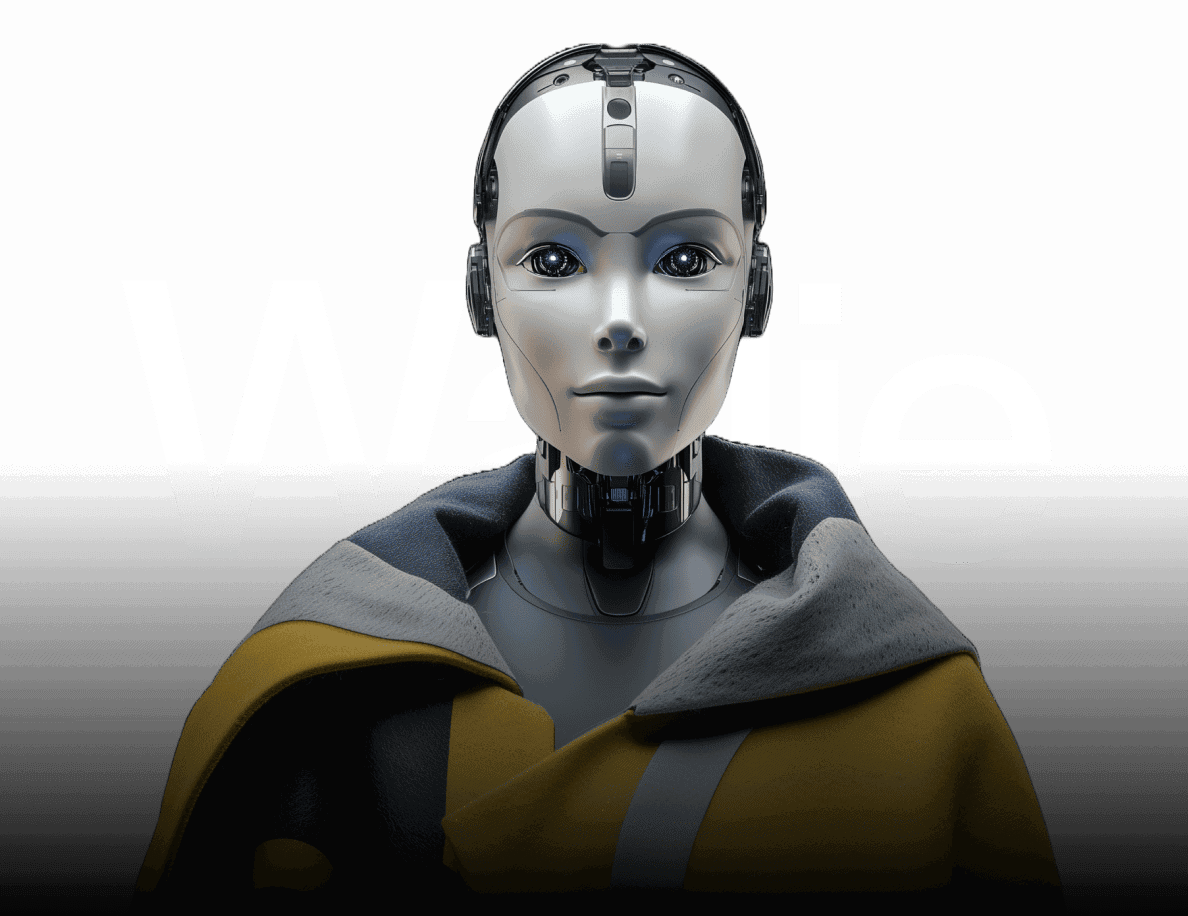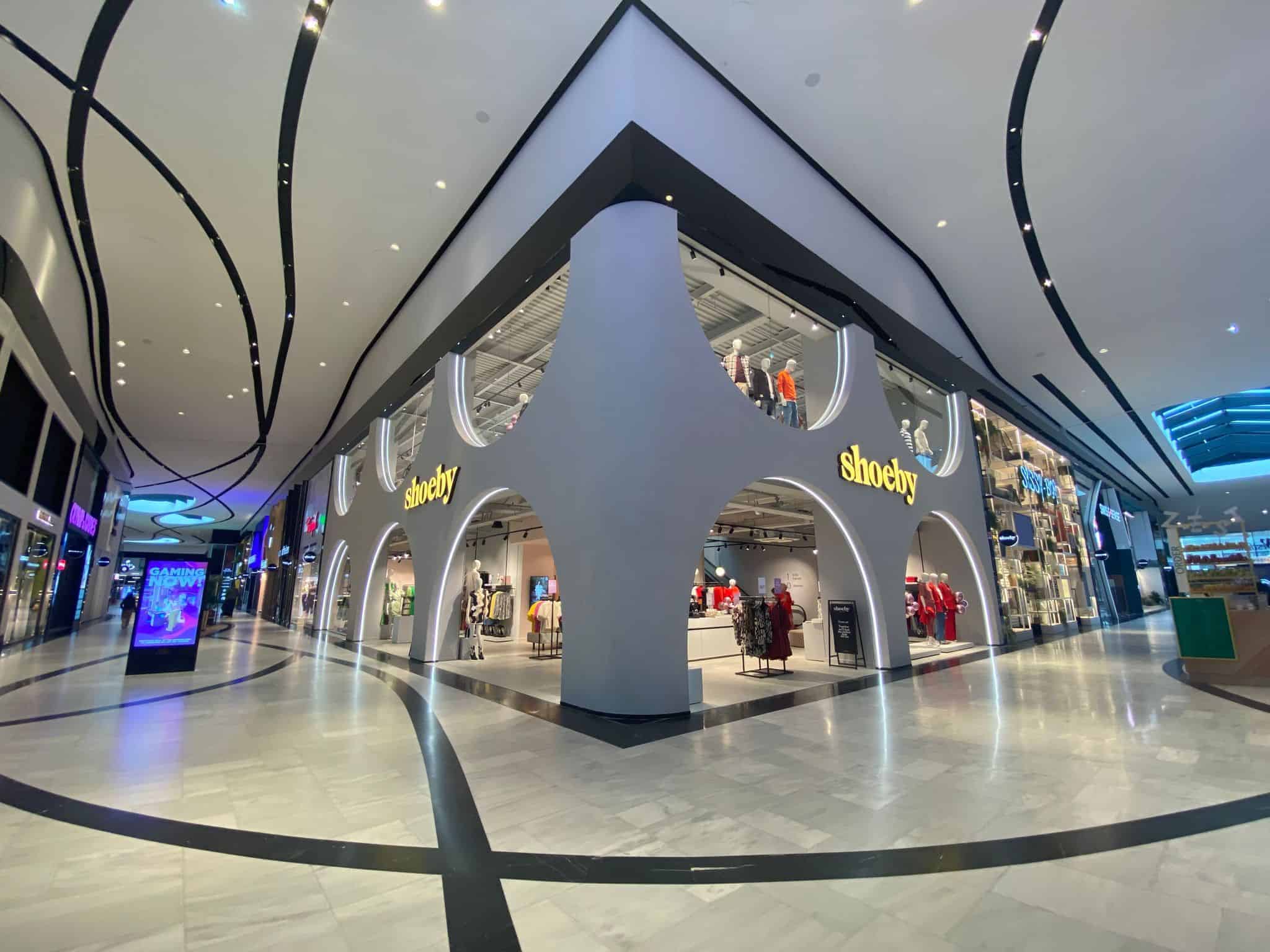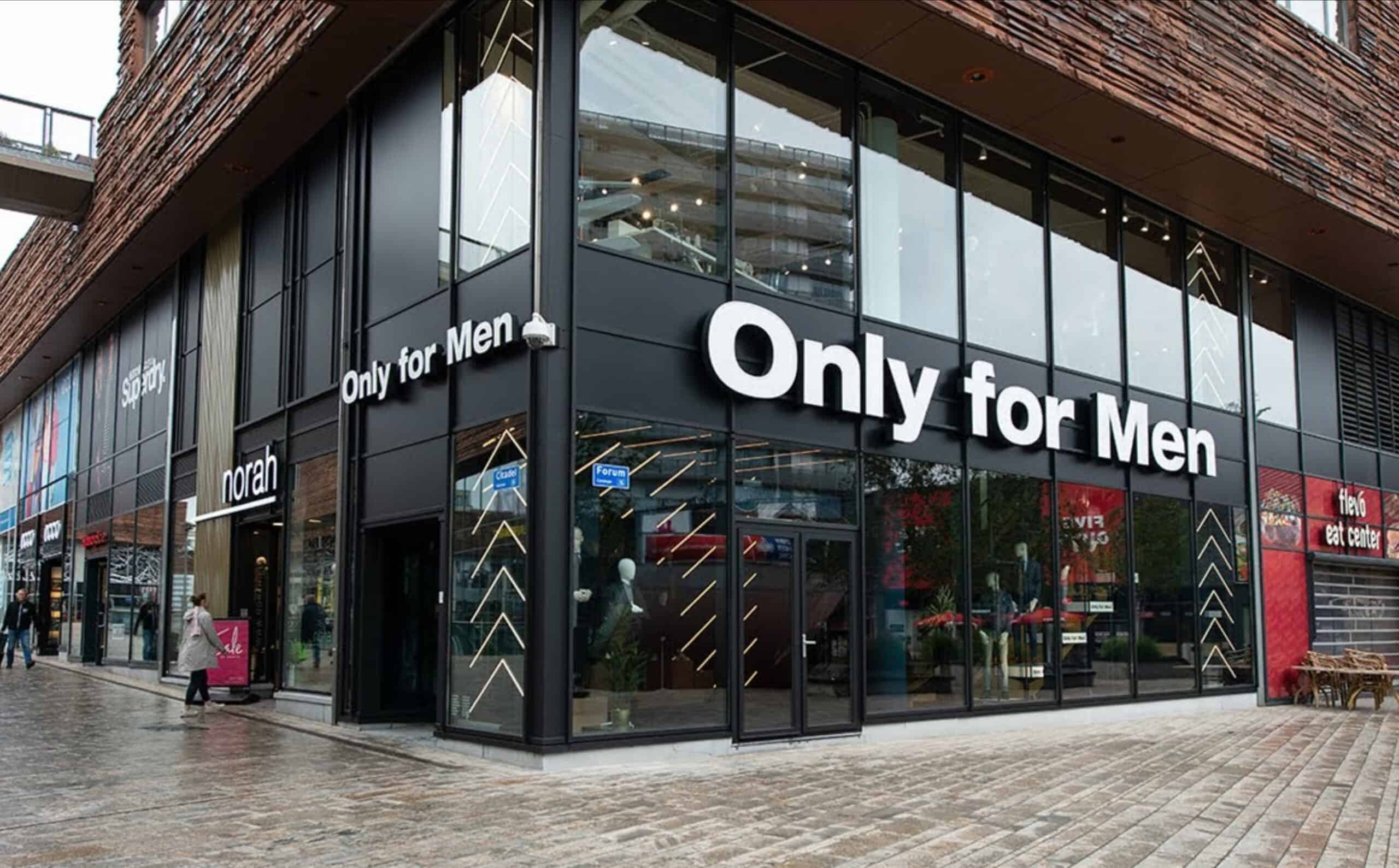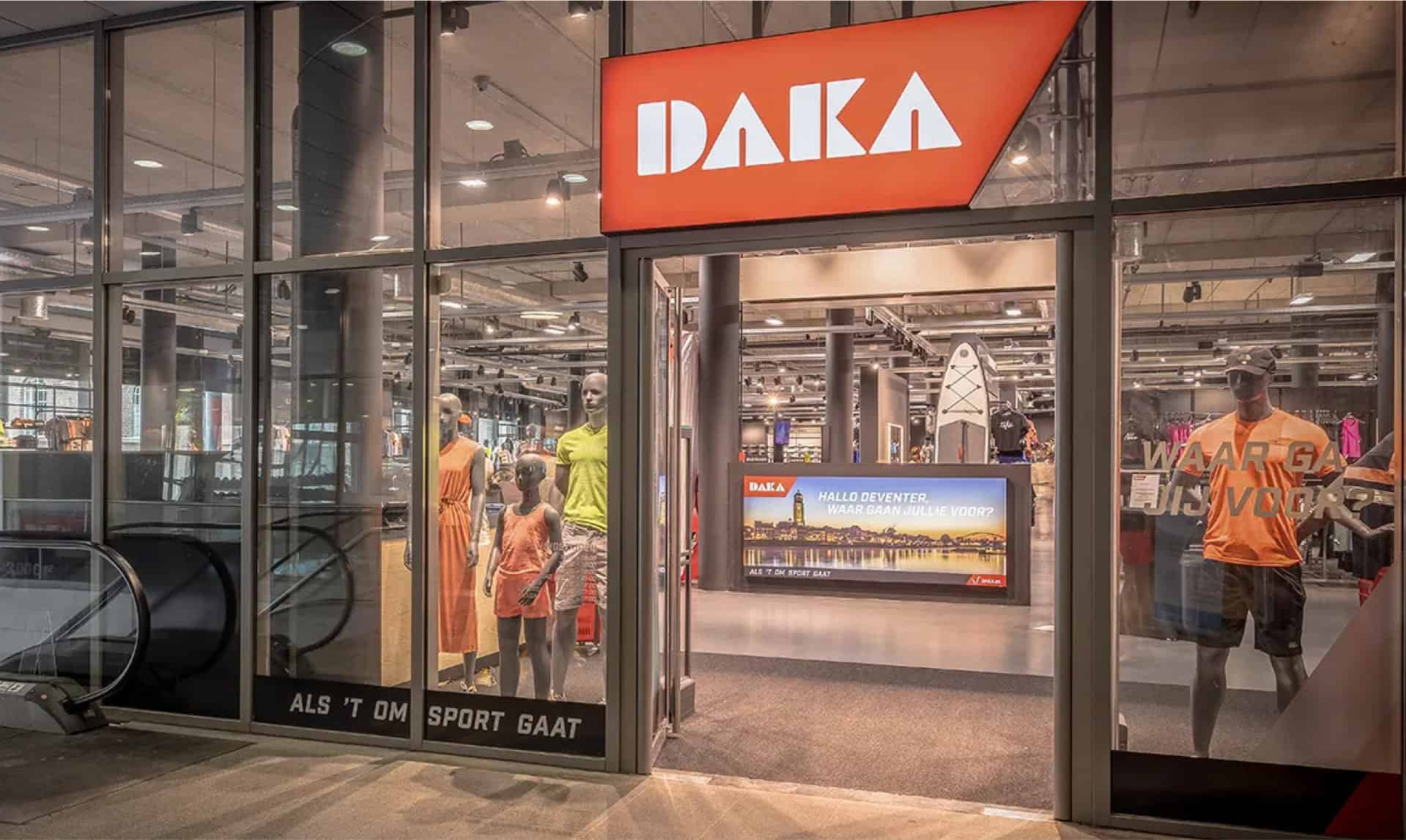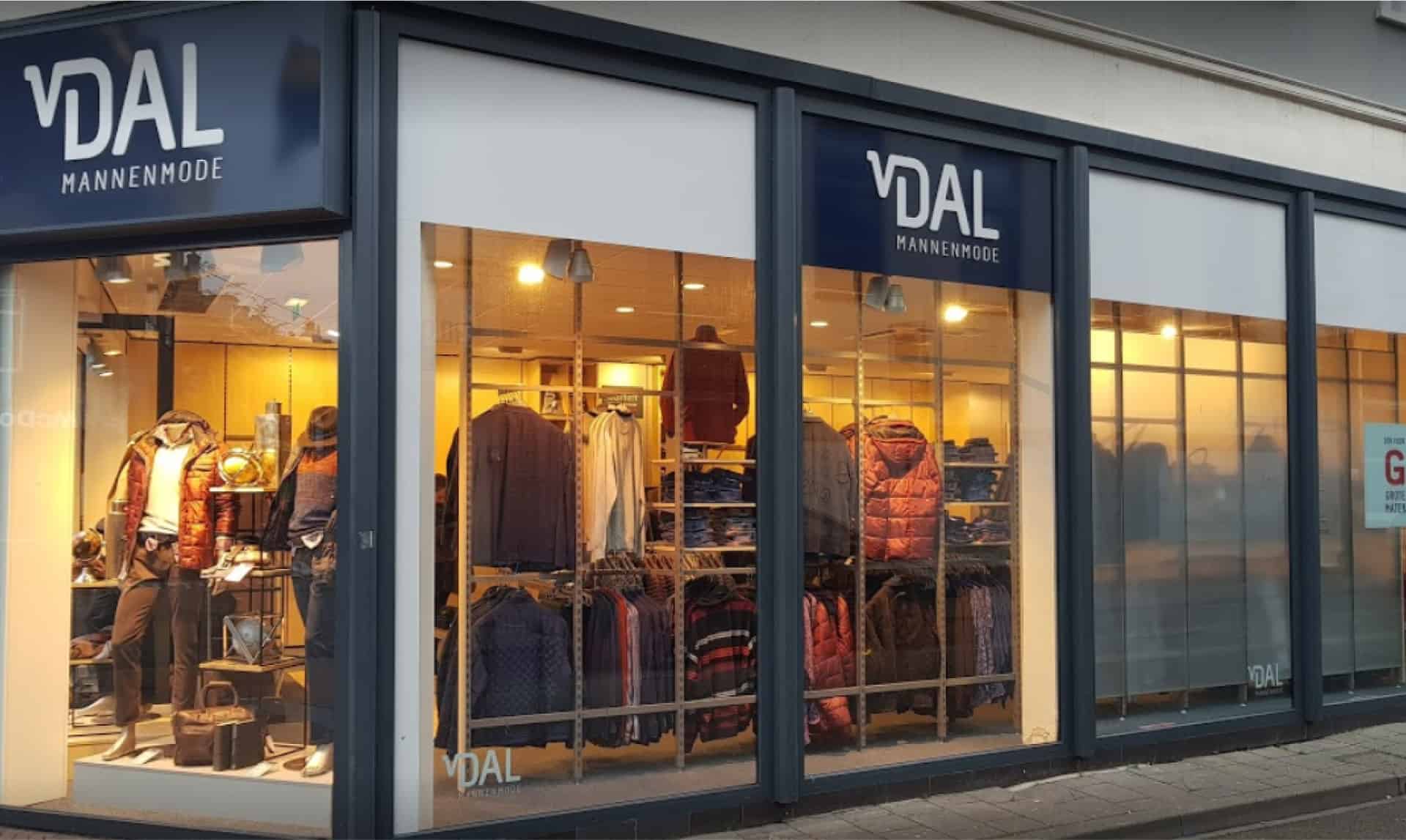Revolutionizing global inventory with AI-driven digital employees
WAIR is a first of kind agentic AI company for enterprise lifestyle retailers
Keep up with us
Get news, photos, events and business updates
Keep up with us
Get news, photos, events and business updates
Trusted and
Employed by global leaders
Our forecast ForecastGPT-2.5
Demographics, images, weather, geographies, seasonality, discounts, and over 100 relevant features. The global unified forecasting model understands all essential retail elements in one accessible standard.
Current Forecast accuracy
0
%
- 51% Overprediction
- 0.4% Under prediction
WAIR Forecast accuracy
0
%
- 4% Overprediction
- 0.4% Under prediction
What it means for your business
- 5% revenue
- 5% margin
- 10% lower inventory levels
- 95% automated
- A modern supply chain
Our digital employees
Manages continuously the optimal execution of all allocation processes
Manages all product related digital content assets
Wallie
Suzie

Employed to handle all complex tasks for you

Employed to handle all complex tasks for you





